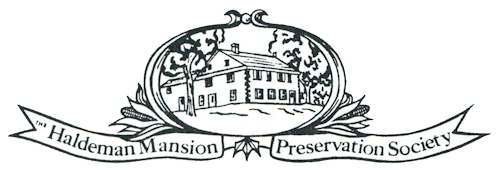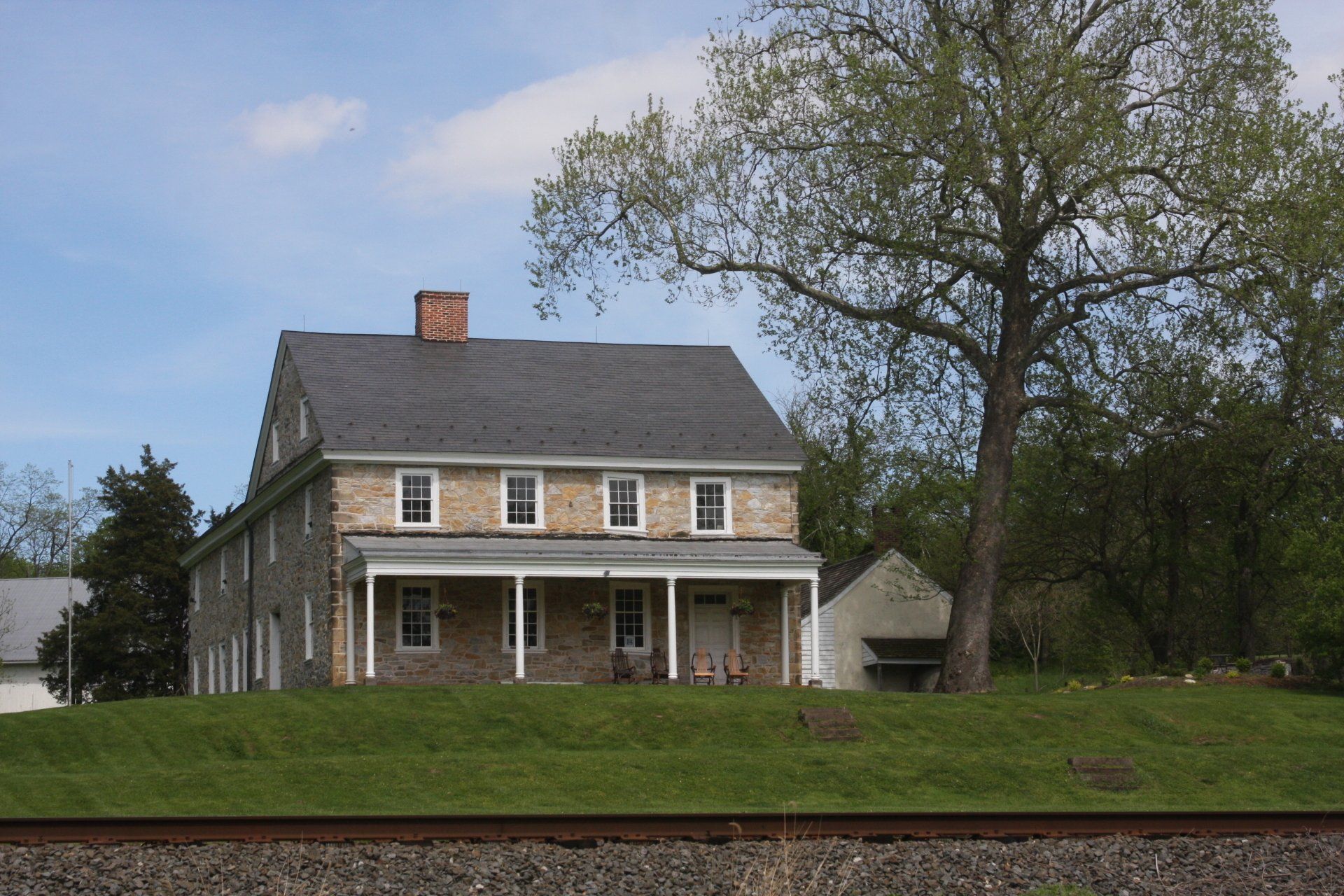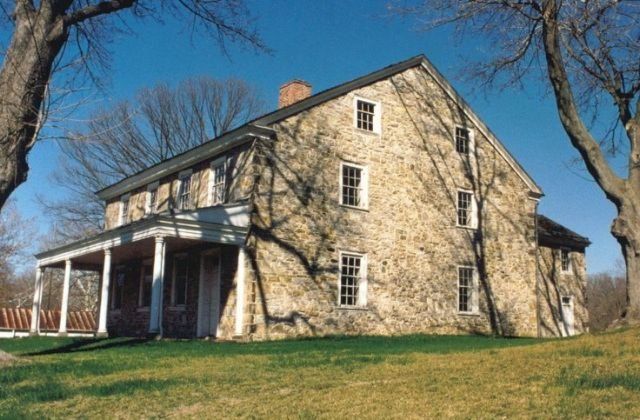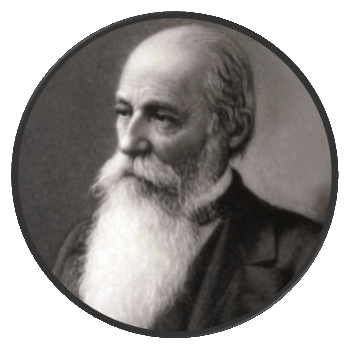Locust Grove Estate is located on a river terrace overlooking the shallow mile-wide Susquehanna River at its confluence with the Conoy Creek in Northwest Lancaster County, Pennsylvania. Its importance to Pennsylvania’s Heritage has been recognized by the Pennsylvania Historic and Museum Commission by the placement of markers recognizing the Conoy Indian Town Settlement overlapping the Estate and Samuel Steman Haldeman (1812-1880) an internationally known scientist and philologist born in the Haldeman Mansion.
The Haldeman Mansion was placed on the National Register in 1967 and in 2020, NPS recognized the Locust Grove Archaeological District which includes the Estate and three neighboring properties. Together, they contain six know Native American sites and evidence of four Native American cultures' presence over the past 800-900 years. The National Park Service (NPS) has assigned broad preservation significance to the Estate, spanning eight categories: “Archaeology; Prehistoric; History-Aboriginal; Exploration/Settlement; Science; Social History; and Architecture.”




